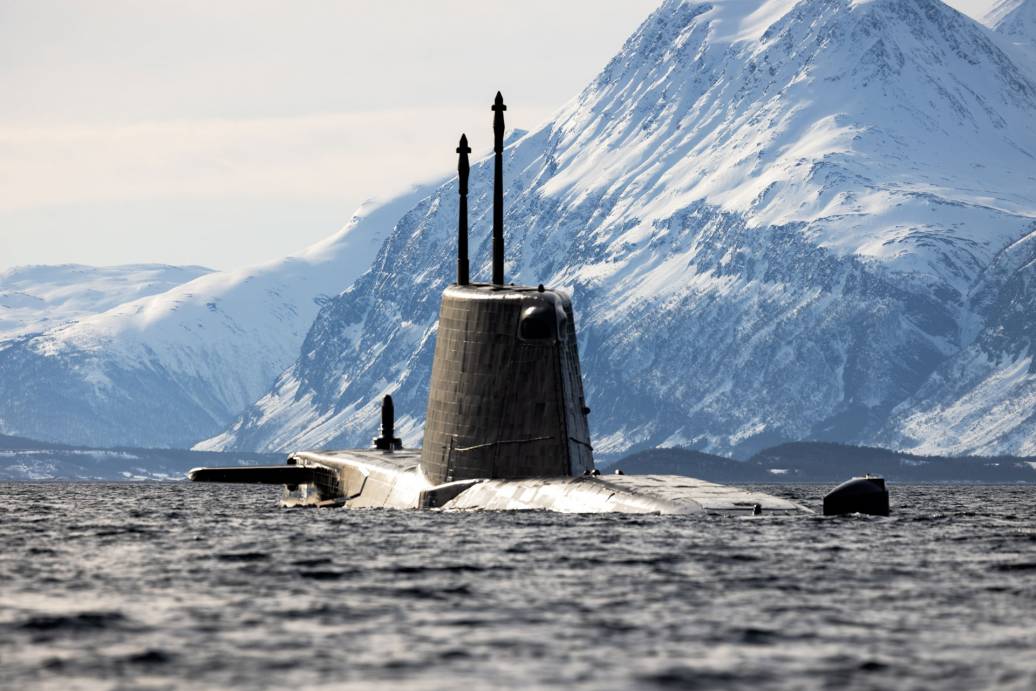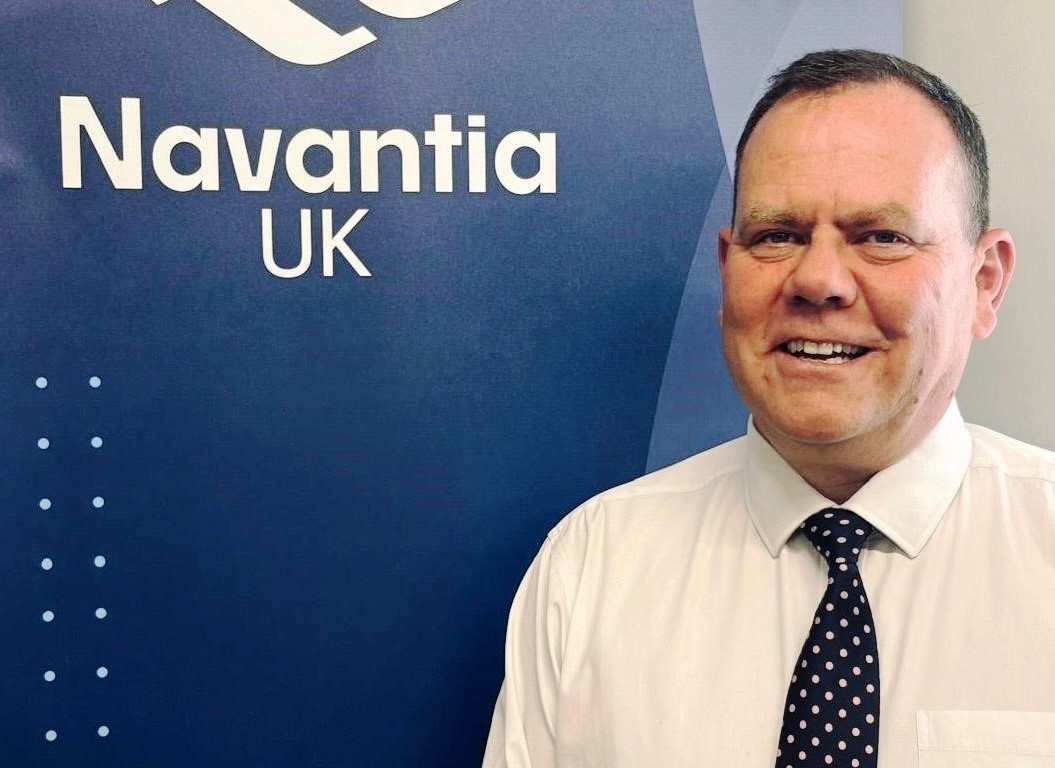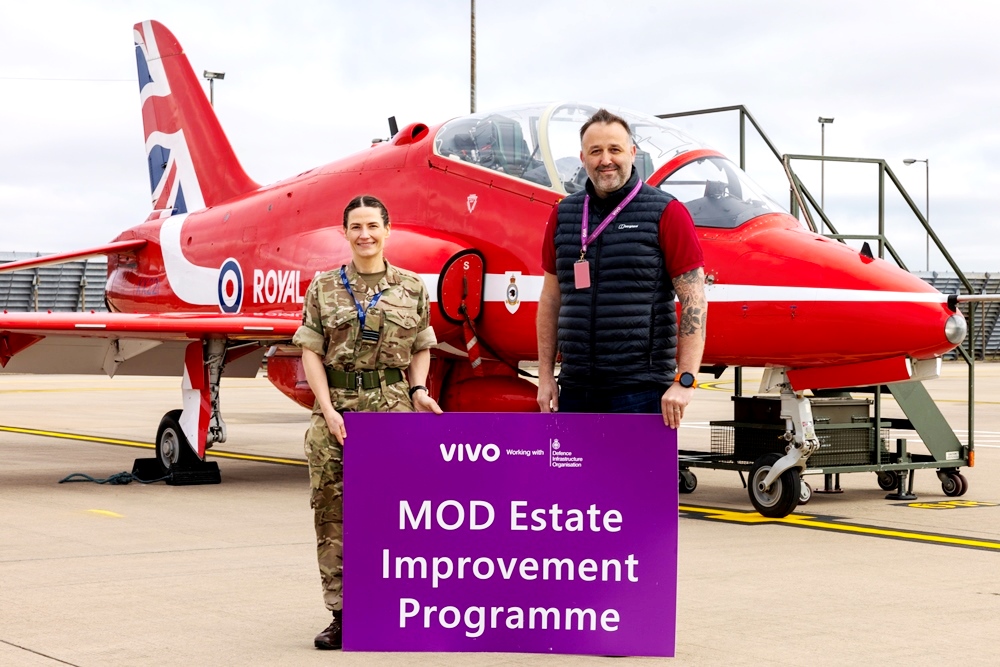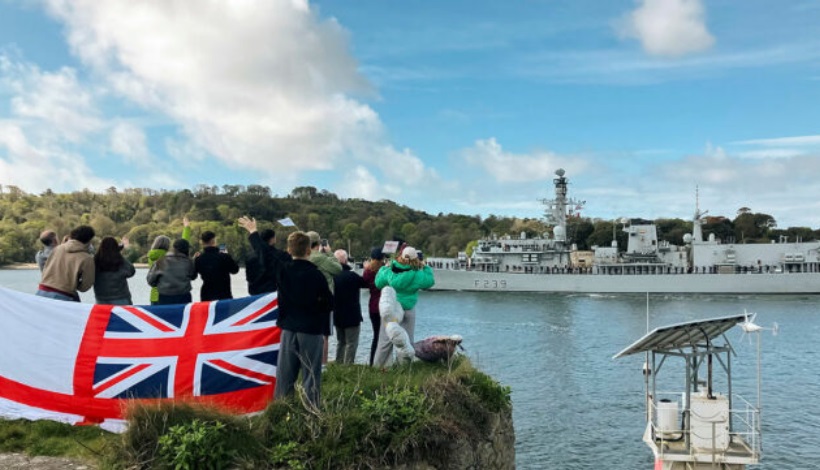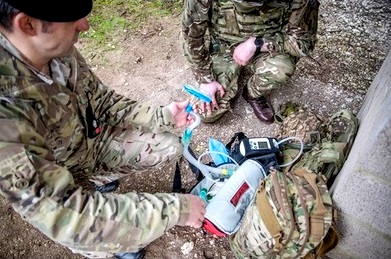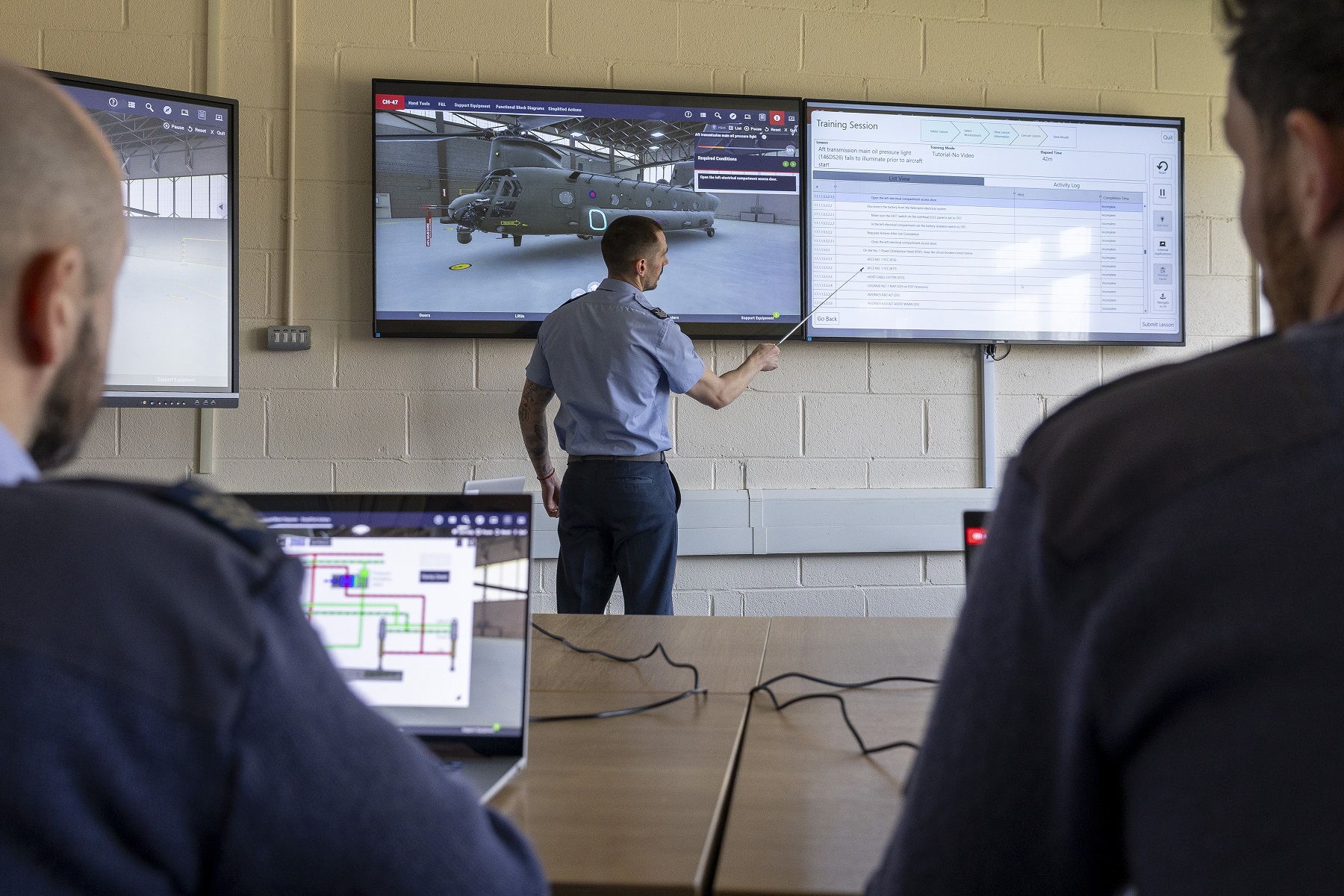MoD Boscombe Down gate guard officially unveiled
The refurbishment project included work by QinetiQ apprentices and the onsite manufacturing workshop team and was the brainchild of QinetiQ employees David Byrne, Steve Mills and Roger Whitnall.
The group of apprentices kicked off the refurbishment project in September with preliminary patching up of the aircraft, providing them with invaluable hands on airframe experience. A team at Boscombe Down’s manufacturing workshops then carried out the repairs to the metal work and re-painted the aircraft. The Joint Aircraft Recovery Transport Squadron re-installed the aircraft back into its gate guardian position near the entrance to the site.
Today’s official unveiling will be attended by Gaz Borland, Managing Director of QinetiQ’s Air Division, Group Captain Rob Humphries, Chief Test Pilot, the refurbishment team, three ex-Lightning pilots, Roly Jackson, Roger Beazley and Clive Rustin and Eric Collinson, a retired Sergeant Airframe Mechanic who worked on and flew in the Lightning.
The three pilots are all experienced in flying Lightning aircraft, which is the only aircraft to have broken the speed barrier whilst travelling vertically. Roly was the founder member of Lightning Conversion Unit in 1960, flying numerous aircraft from the Lightning fleet and he was awarded the Air Force Cross in 1965. Roger flew an operational air defence tour on Lightning aircraft in RAF Germany and he still flies with the Bustard Flying Club at Boscombe Down. Clive was part of the Lightning Simulator/Conversion unit at RAF Coltishall and first flew a Lightning there in 1960.
In 1949 English Electric submitted designs for two super-sonic fighters, this resulted in a contract for two P1 research aircraft in 1950 and three P1B aircraft in 1953, from which the Lightning emerged and twenty pre-production were built. From these two research aircraft the definitive design P1B made its maiden flight in 1957, followed by the first 20 development aircraft in April 1958. The P1B was christened the Lighting in November 1958 and became the first British aircraft to achieve Mach 2 in the same month.
The Lightning continued in service with the RAF for 28 years finally being replaced by the Phantom in 1988. Of the 339 Lightning built, a small number exist in museums and the second prototype Mk.IV, having served at Boscombe Down for many years, was mounted on a plinth outside the old Airmens’ mess. It will now be back on view having undergone its refurbishment programme.




